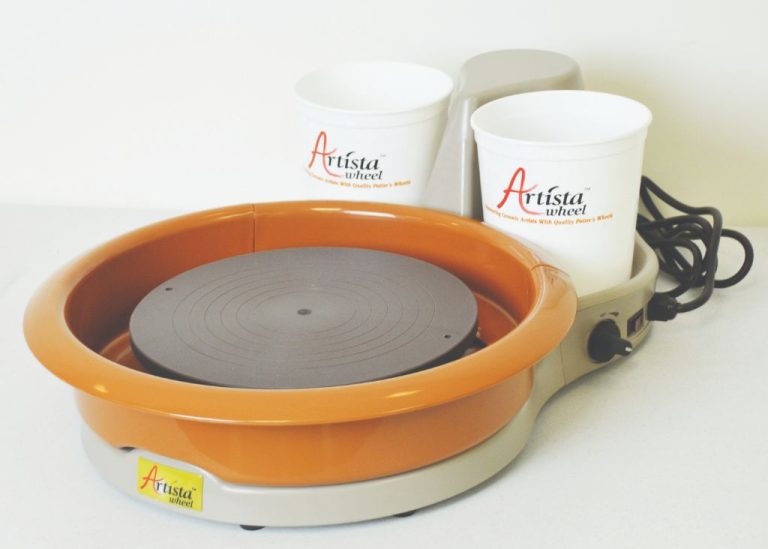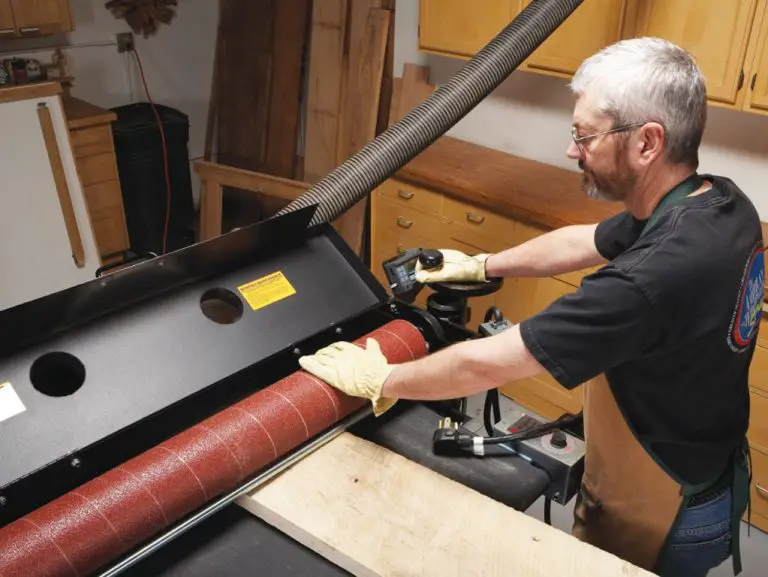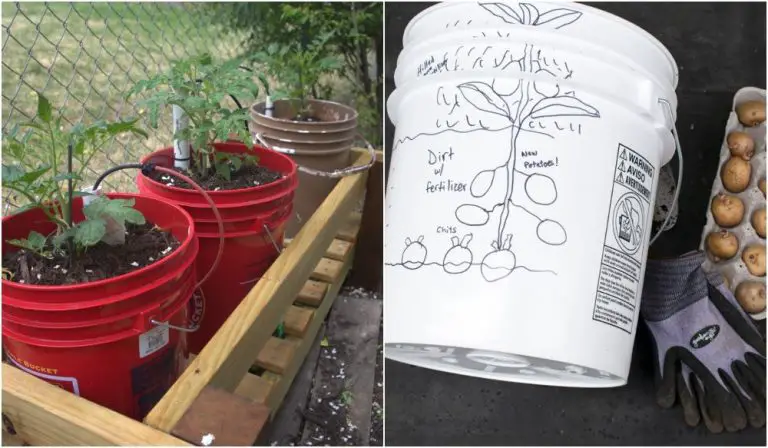How Do You Make Mold With Household Items?
Mold is a type of fungus that reproduces by producing spores that travel through the air. Mold grows when excess moisture is present. The spores land on surfaces where there is moisture, begin to grow, and spread. Mold can grow on many materials found in the home, including fabric, carpet, drywall, wood, insulation, cardboard, and food. Mold growth is encouraged by warm, humid conditions with poor ventilation. Mold spreads quickly and can release spores into indoor air that may cause health issues if inhaled, so controlling moisture and humidity levels is important.
This article will explain how to intentionally grow mold at home using common household items, for educational purposes. The process of growing mold demonstrates how quickly mold spreads when the right conditions are present. Caution should be exercised, as mold can impact health and damage materials in the home. This content does not recommend keeping mold cultures long-term indoors.
Safety Precautions
When growing mold for experiments, it is important to take proper safety precautions. Mold can release spores and mycotoxins that can cause health issues if inhaled or exposed to for a prolonged period.
The CDC recommends wearing gloves, a mask or goggles when working with mold to prevent skin contact or inhalation of mold spores. Gloves should be worn to protect your hands when handling mold cultures or moldy materials. An N95 mask or respirator can filter out mold spores to prevent inhalation. Goggles provide protection for your eyes in case of splashes when pouring liquids or examining mold under a microscope.
It is also important to work in a well-ventilated area so any spores are quickly dispersed. Work over a tray or tub to contain any spills. Be sure to wash your hands after handling mold. For severe mold growth, a full body suit may be warranted (CDC).
Taking proper safety precautions allows you to safely grow and interact with mold for experiments while minimizing the risk of illness or allergic reactions.
Gather Materials
To grow mold at home, you will need to gather some common household materials that are known to support mold growth. According to What Does Mold Need to Grow | Blackmon Mooring & …, materials like bread, fruits, paper, carpet, and wood provide ideal conditions for mold. Mold needs cellulose-based materials to feed on, and these items contain cellulose that mold can digest as a food source.
Bread is an excellent material for growing mold because it provides nutrients like carbohydrates and proteins. Fruits also provide sugars and nutrients to feed mold growth. Paper products like cardboard contain cellulose fibers that mold can break down and consume. Carpet and wood contain natural fibers that can sustain mold when moisture is present.
When gathering materials, opt for items made from natural fibers rather than synthetic materials. Target organic materials like cotton, wood, fruits/vegetables rather than plastics or metals. The key is choosing cellulose-based materials that can provide nutrients for mold.
Choose Environment
Mold thrives in warm, moist, and poorly ventilated environments. The ideal temperature range for mold growth is between 70-90°F (https://www.mypureenvironment.com/post/what-are-the-ideal-conditions-for-mold-growth/). Mold growth is also facilitated by relative humidity levels above 55%, with rapid growth occurring above 70% (https://envmoldsolutions.com/mold-and-humidity/). Places like bathrooms, basements, attics, and crawl spaces often provide ideal conditions for mold due to their tendency to be damp and humid.
When selecting an environment to grow mold for experimentation, aim for a small enclosed space that can be kept warm and humid. A plastic storage bin or cardboard box works well. Add a damp paper towel or wet piece of bread to increase moisture levels. Monitor the temperature and humidity closely, making adjustments as needed to maintain optimal mold-growing conditions.
Prepare Items
To prepare household items to grow mold, you will need to provide moisture and nutrients. The key is to select items that already contain natural sugars and starches that mold can feed on. As shared in the WikiHow article “How to Grow Mold,” some common household items you can use include fruits, bread, paper, cardboard, cotton, wood, and cloth.
Cut up fruits like oranges, grapes, apples and peaches into small pieces and place in your container. The fruits already contain natural sugars that will feed the mold. As described in the Blackmon Mooring article “What Does Mold Need to Grow,” the mold will break down the sugars and starches within the fruits as it grows.
For bread, choose a type that does not contain preservatives, which inhibit mold growth. Cut or tear the bread into small pieces. The carbohydrates and starches in the bread will provide nutrition for the mold. As shared in the Wet and Forget article “How Mold Grows,” bread is one of the most common household items that grows mold well.
For paper and cardboard, tear them into smaller strips and pieces before adding to the container. Materials like newspaper, paper towels, notebook paper, and cardboard all contain organic matter like cellulose that mold can feed on.
Monitor Mold Growth
It’s important to observe the mold growth on a daily basis to track how quickly it spreads. Take photos each day with the same camera and lighting conditions to accurately compare the progression. According to How Quickly Can Mold Appear, mold can become visible in 18-21 days in general. However, the growth rate can vary drastically depending on environmental conditions like temperature, humidity, airflow, and the surface material.
Closely monitoring the mold daily will provide useful data on the specific growth rate. Look for changes in size, area covered, density, color, smell, etc. Keep detailed notes each day on your observations. Photos and notes will allow you to map the spread day-by-day and identify factors that speed up or slow down the growth. This hands-on experiment will build understanding of the conditions that contribute to rapid mold growth.
Measure Growth
There are several key factors to look for when measuring mold growth. Size, color, and texture are all important indicators.
The size of the mold growth indicates how quickly it is spreading. Mold formation starts out small, sometimes invisible to the naked eye. Over time it will grow larger, starting as spots or patches that expand across a surface.[1]
The color of mold can provide clues about the type of mold present. Most household molds are various shades of green, gray, brown, or black. Brightly colored mold is more rare, but can indicate toxic types.
The texture of the mold growth also provides information. Powdery or downy textures signal new growth, while wooly or leathery textures indicate mature colonies. The texture can help determine how established the mold infestation is.
Monitoring these key factors over time allows measurement of how quickly the mold is growing and spreading in the controlled environment.
Record Results
To accurately record the results of the mold growth experiment, it is important to log detailed observations in a journal or lab notebook. Using a ruler, measure the surface area in square centimeters covered by mold on the bread daily at the same time each day (Source). Create a data table with columns for date, day number, and mold growth in square centimeters. Record measurements of mold coverage for each piece of bread tested. Take photographs each day for visual comparison. Note factors like color, texture, smell, moisture, and anything else observable about the mold growth. Look for evidence of different mold types growing. Transcribe measurements from the ruler into the table immediately so no data is lost. Be as precise, objective, and scientific as possible when recording observational data.
Safely Dispose of Moldy Materials
Proper disposal of moldy materials is crucial to prevent spores from spreading throughout the home. According to the University of Florida’s guidelines, mold contaminated materials can be disposed of as regular waste.1 However, precautions should be taken:
- Wear gloves, a mask, and goggles when handling moldy materials.
- Place all moldy materials in sealed plastic bags or wrap in polyethylene sheeting secured with duct tape.
- Double bag moldy materials to prevent rips and leaks.
- Place bagged materials directly into a dumpster outside the home.
- Clean any surfaces that came into contact with moldy materials.
Following safe disposal methods prevents mold spores from spreading and protects your health when removing contaminated items from the home.
Conclusion
In summary, this experiment provided an opportunity to learn about mold growth using basic household items. We discovered that mold can grow on a variety of materials when moisture and humidity levels are adequate. The mold colonies expanded rapidly once the conditions were ideal, covering the surfaces of our test materials within just a few days. Observing the mold growth day-by-day under the microscope showed how quickly mold can spread when left unchecked.
By controlling moisture and cleaning up any mold promptly, we can help prevent excessive mold growth in our homes. It is important to address leaks, condensation issues, and excess humidity right away. This experiment allowed us to safely observe the mold life cycle on a small scale before attempting any mold removal in a home environment. We learned some best practices for mold prevention that we can now implement in our living spaces.




